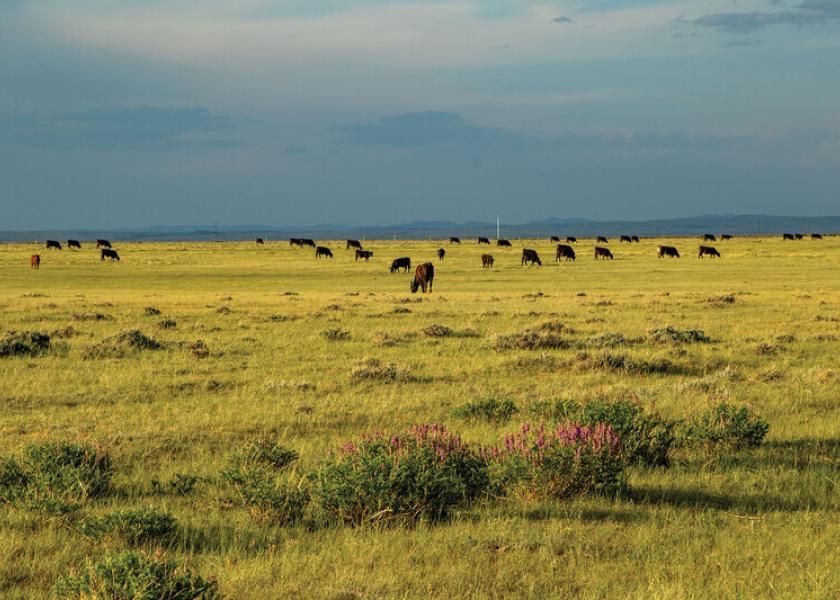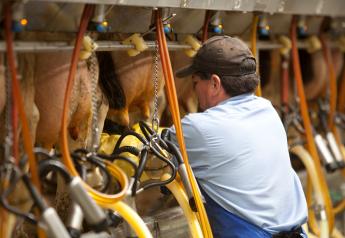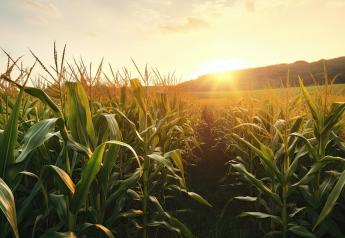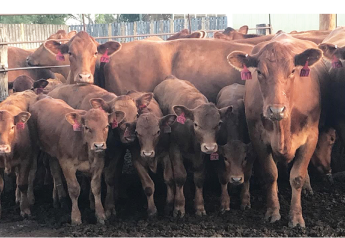U.S. Roundtable for Sustainable Beef Launches New Industry Sustainability Goals

The U.S. Roundtable for Sustainable Beef (USRSB) today announced new sustainability goals for the entire U.S. beef supply chain.
The goals, available at USRSB.org, include metrics and targets for all sectors of the industry to encourage and support continuous improvement from farm to fork. These goals and targets aim to identify and supplement sustainability practices and support the collection of benchmarking data for current industry sustainability efforts. They also set new objectives to help producers and industry bring the most sustainable beef products to market.
“Producers, auction markets, feedyards, packers and processors, and retail and foodservice organizations have worked within their own sectors for decades to make U.S. beef a more sustainable product,” said Colorado cow-calf producer Steve Wooten, who is the 2021/2022 USRSB chair and USRSB goals committee co-chair. “As an industry, it’s time to not only recognize that hard work, but also establish new ways stakeholders across the supply chain can work together to contribute to the overall sustainability of U.S. beef.”
The goals are set around USRSB’s six high-priority indicators of sustainability: water resources, land resources, air and greenhouse gas emission, efficiency and yield, animal health and wellbeing, and employee safety and wellbeing. These key indicators build upon the primary pillars of sustainability — environmental, social and economic — helping to ensure true sustainability at each stage of the beef supply chain.
“The goals and their corresponding sector targets provide a sound foundation on which each segment of the beef supply chain can continue to build their unique sustainability efforts,” said Sara Place, Ph.D., USRSB goals committee co-chair and chief sustainability officer for Elanco.
“To help ensure stakeholders have everything they need to succeed, USRSB will continue to add to our suite of science-based tools and resources which will enable all segments of the industry to continue advancing their sustainability efforts with confidence.”
To help the industry work towards achieving these goals, USRSB will continue to create and build upon their existing free tools and resources. Current resources include sustainability modules and resource toolkits for producers, auction markets, feedyards, packers and processors, and retail and foodservice organizations as well as a sustainability self-assessment tool. These resources can be found at USRSB.org/Resources.







